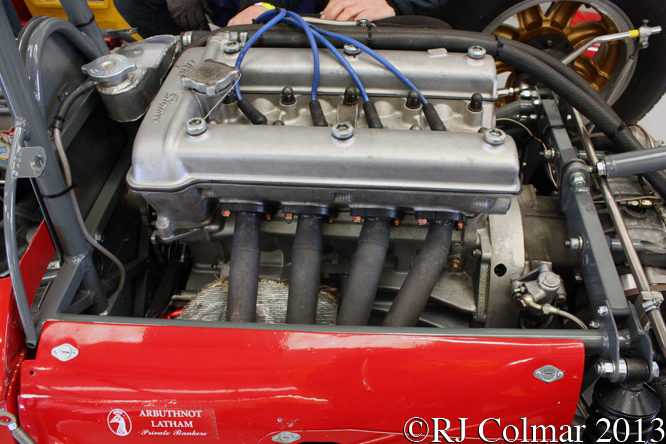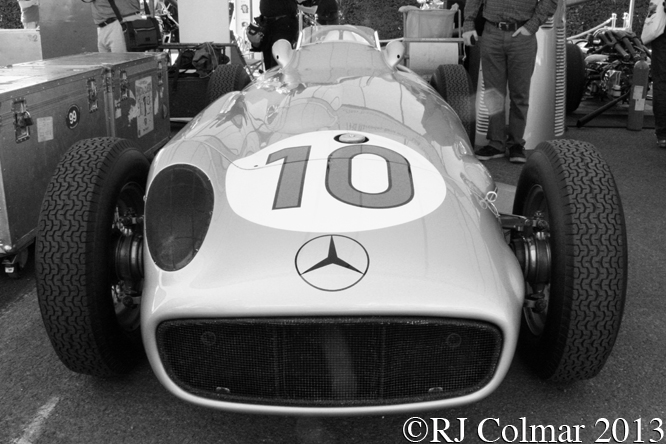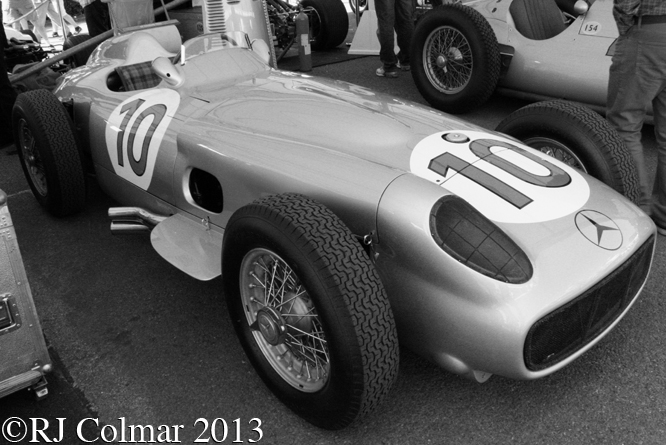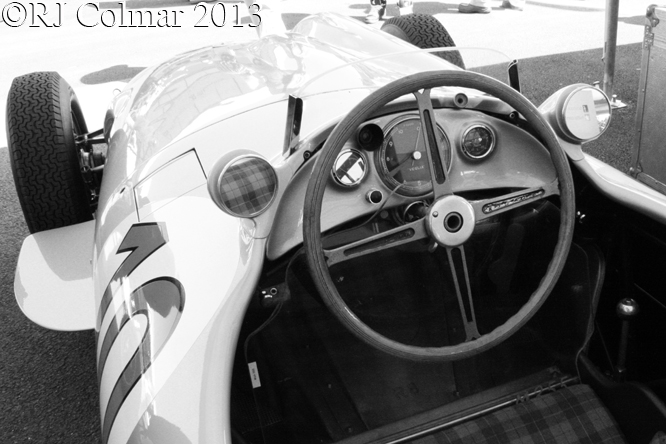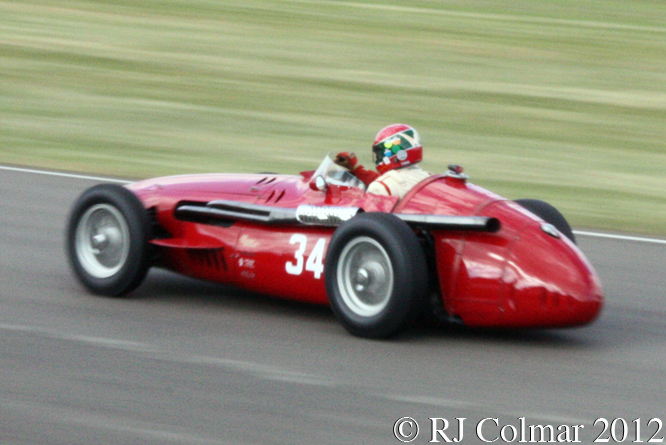In 1962 American Tony Settember with backing from compatriot Hugh Powell made his Grand Prix debut driving a Coventry Climax powered Emeryson Mk2 in the British Grand Prix where he finished 11th from 19th on the Grid.
Tony qualified 21st and last for the 1962 Italian Grand Prix and retired, but undeterred Hugh Powell bought out Paul Emery at the end of the season and rebranded the team Scirocco for the 1963 season.
The team commissioned Roy Thomas to build the chassis which features a combination of monocoque and tube frame elements, John Tojeiro to provide the suspension and Williams & Pritchard to provide the body work.
The new Scirocco’s were powered with V8 motor’s supplied by reigning World Champions BRM which were fitted to Colotti Type 34 six speed gearboxes.

Two cars were completed for the 1963 season and were driven by Tony and Englishman Ian Burgess.
The teams world championship effort was disheartening, from 10 entries the team withdrew Ian’s car on three occasions Tony failed to qualify in Italy and the team did not record any finishes although Tony was classified 8th in Belgium despite retiring after an accident 7 laps from the finish.

The high point of the teams qualifying for world championship races was Tony’s 18th place start in the British Grand Prix.
However alongside their championship programe the Scirocco Powell team made three non championship appearances and at the 1963 Austrian Grand Prix Tony qualified 8th in chassis #SP-1-63 seen in these photographs and brought the car home in 2nd place five laps down Jack Brabham’s Brabham BT3.

The Scirocco Powell team folded at the end of 1963 and SP-2-63 was sold on to Equipe Scirocco Belge who had Tim Parnell fit a Coventry Climax V8 for André Pelitte who’s best result in 1964 was a 6th place finish in the non Championship News Of The World Trophy at Goodwood.
#SP-1-63 was built a bit wider than #SP-2-63 because Tony was a bit bigger then Ian, it is seen in these photographs at Goodwood Revival a couple of years ago with John Delane at the wheel.
Thanks for joining me on this “Wide Body” edition of “Gettin’ a li’l psycho on tyres” I hope you will join me again tomorrow for Maserati Monday. Don’t forget to come back now !






